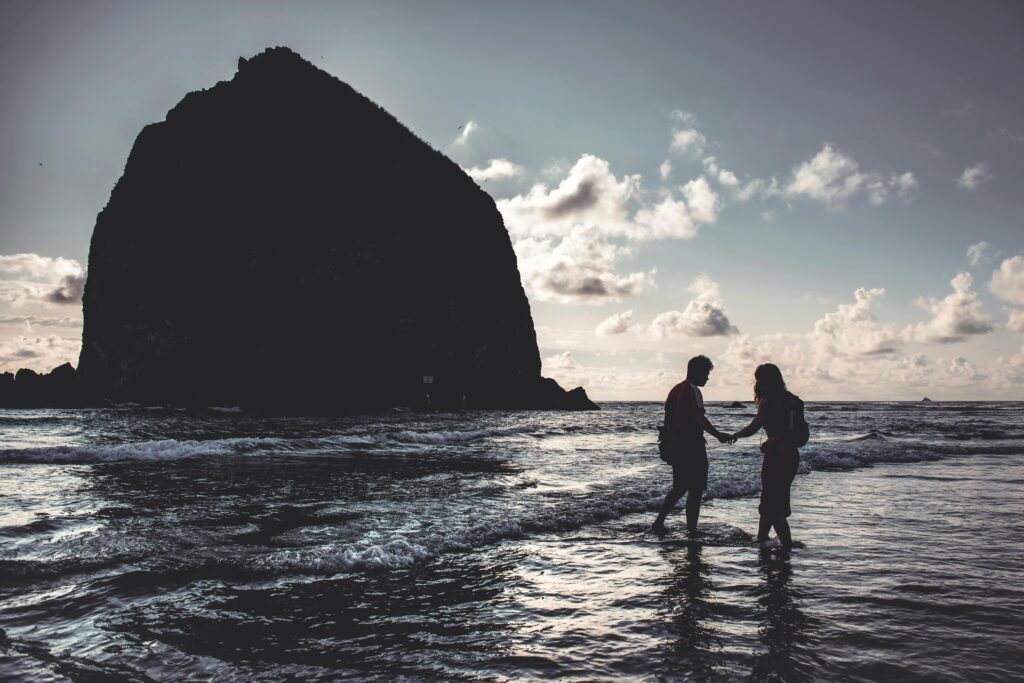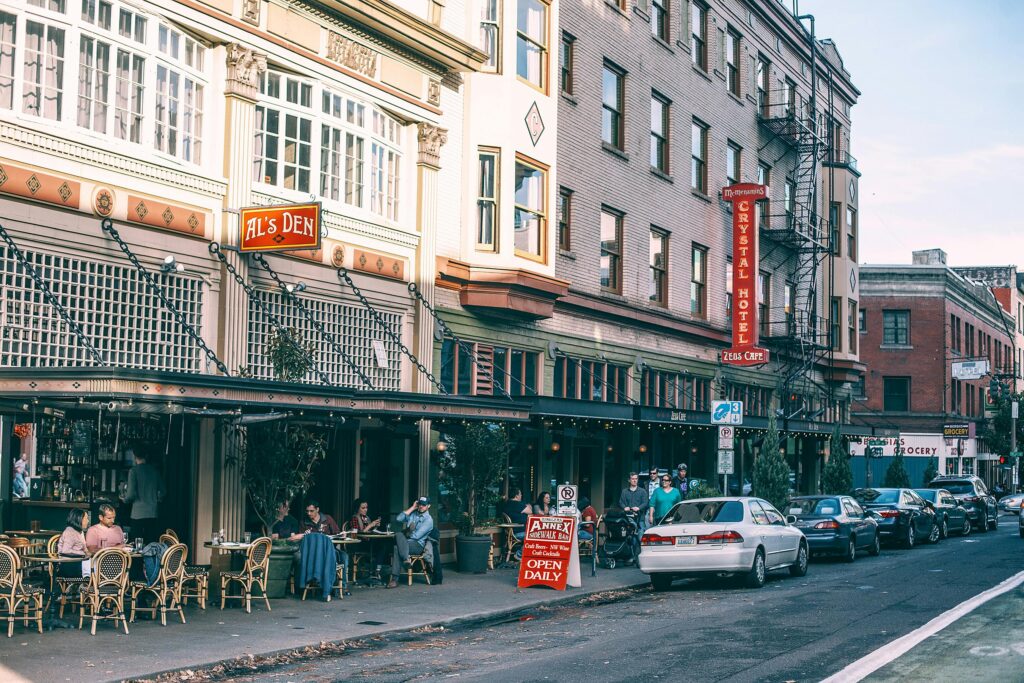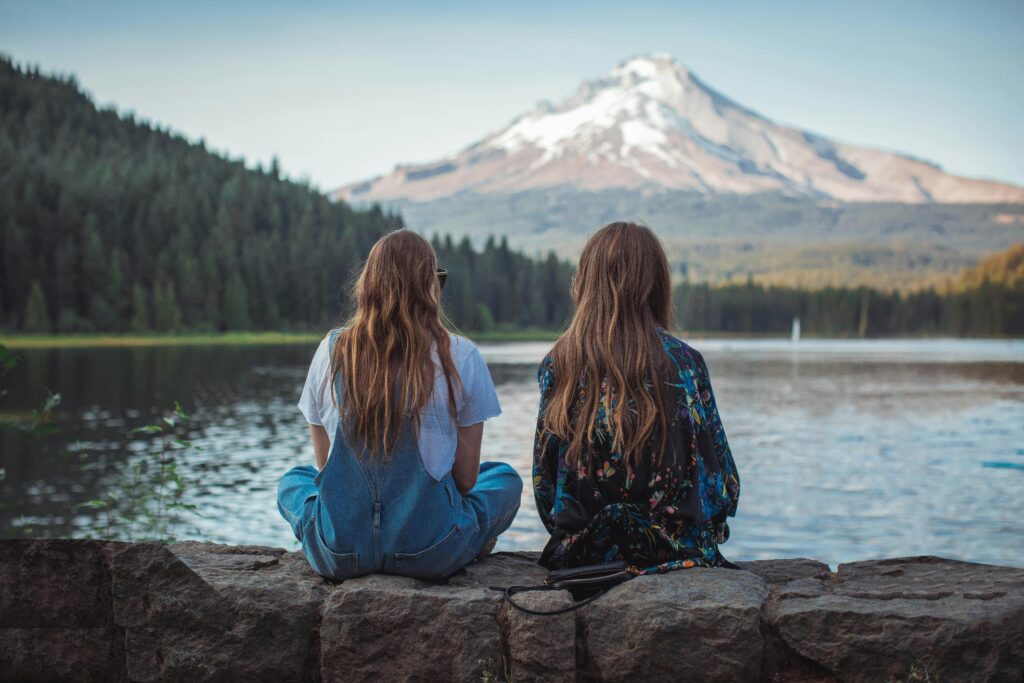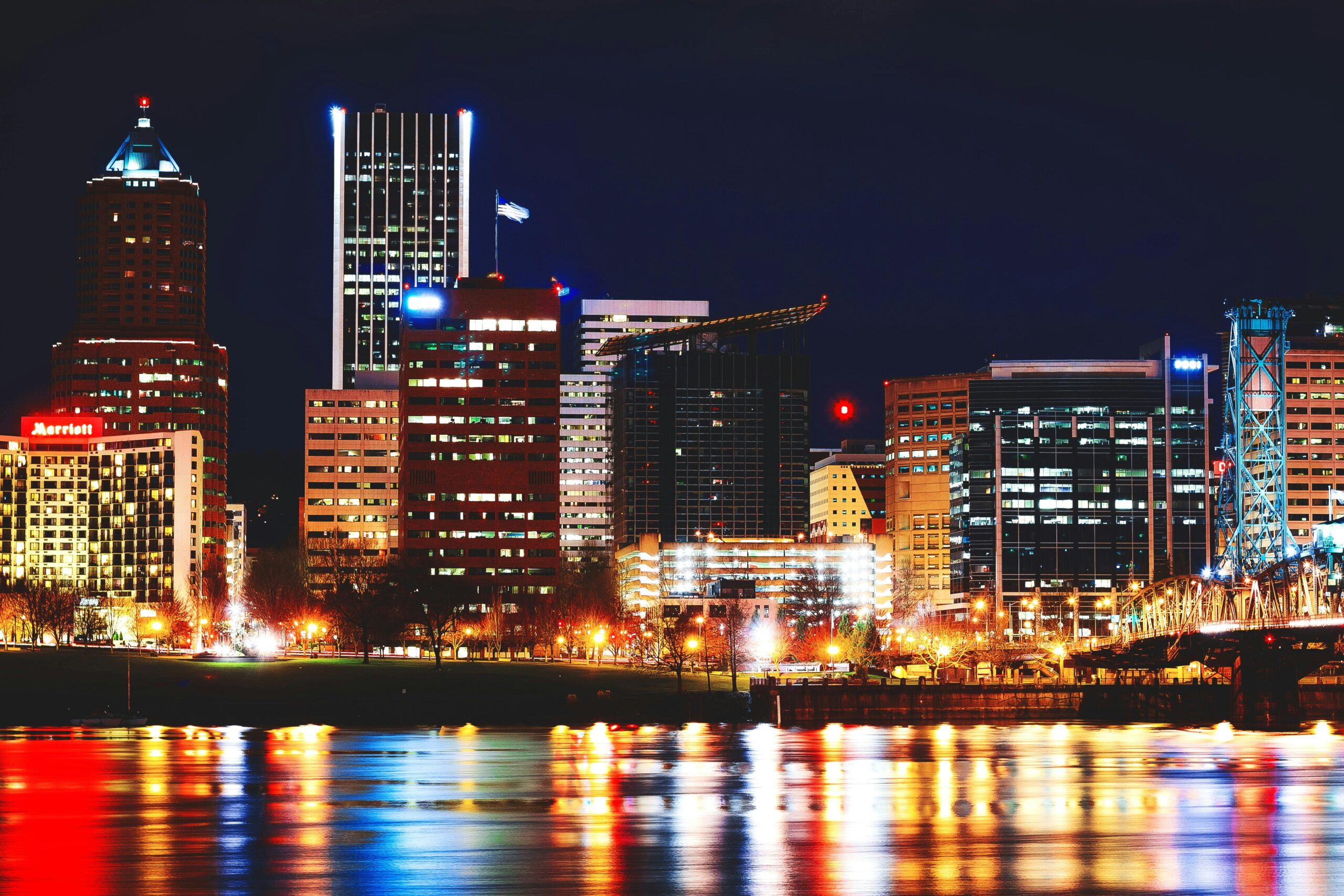Oregon is famous for its natural beauty—its waterfalls, forests, wild coastlines, and hip urban pockets. But as tourism continues to boom, communities across the state are grappling with a sharp question: What happens when “a nice place to visit” becomes too overrun to live in?
In a sweeping 2025 feature, Oregonians from places like Bend, Hood River, and Lincoln City share stories of charm turned chaotic—where high tourist traffic is beginning to strain infrastructure, displace locals, and change the very nature of what drew visitors in the first place.

The Numbers Behind the Surge
Tourism is now Oregon’s third-largest economic sector. In 2023 alone, the state welcomed over 30 million visitors, generating more than $13 billion in direct spending. Local economies in smaller towns rely heavily on these dollars—yet those same towns are increasingly finding themselves unable to keep up with housing demand, road wear, and resource use.
- Bend: Short-term rentals now comprise over 18% of the housing stock in some neighborhoods.
- Hood River: Summer weekends see 3x the normal population, stressing waste services and emergency responders.
- Portland: Though still recovering its image post-2020, its hotel occupancy rates are climbing fast, driven by foodie tourism and conferences.
Local Voices, Rising Frustrations
Residents interviewed across the state express a common theme: the tourism that once supported small businesses and civic pride is now tipping into resentment.
- Housing Displacement: A teacher in Sisters describes being priced out by a wave of STR (short-term rental) conversions.
- Traffic and Congestion: Lifelong residents of Cannon Beach say it now takes them 30 minutes to run a local errand on holiday weekends.
- Cultural Shift: Locals in Ashland, home to the Oregon Shakespeare Festival, note that art-centered tourism has turned transactional—”less about the play, more about the selfie.”
Governments Respond—With Limits
Some towns are implementing caps on short-term rentals, new tourism taxes, and education campaigns aimed at respectful visitor behavior. But these measures often meet resistance from businesses that rely on out-of-town spending or from property owners profiting from tourism platforms.
The Oregon Tourism Commission is now in talks with several municipalities to coordinate sustainable visitation plans—including:
- Spreading visitors year-round instead of peak seasons
- Investing in tourism infrastructure like shuttle buses and trail maintenance
- Launching “Travel Like a Local” campaigns to promote etiquette and awareness

Balancing Livability and Visitor Economy
The central tension is this: Oregon wants to remain welcoming, but not at the cost of its communities’ character. Many locals agree that tourism isn’t the problem—it’s unmanaged tourism.
With the rise of social media hotspots and outdoor destination tags, places that once hosted dozens now attract thousands. Officials warn that without serious planning, Oregon could follow the path of other overwhelmed destinations like Lake Tahoe or Moab—places where residents have begun actively campaigning against further tourist growth.
Frequently Asked Questions
Q: Why is Oregon seeing such a big tourism boom?
A: Its reputation for scenic beauty, outdoor recreation, and vibrant food culture, combined with remote work flexibility, has made it a prime destination.
Q: What areas are most affected?
A: Bend, Hood River, the Columbia River Gorge, Cannon Beach, Lincoln City, and Ashland are seeing some of the most acute tourism pressure.
Q: Is tourism helping or hurting Oregon’s economy?
A: Both. It provides vital income and jobs, but also drives up housing costs, burdens infrastructure, and disrupts local life.
Q: Are there solutions in place?
A: Some cities have introduced caps on short-term rentals, increased lodging taxes, and seasonal marketing campaigns to ease pressure.
Q: Can tourists do anything to help?
A: Yes—travel in off-peak months, stay in licensed accommodations, support local businesses, respect trail and beach rules, and limit noise and waste.
Q: Is the state restricting tourism?
A: Not yet, but coordinated efforts are underway to manage visitor flow, spread awareness, and reduce localized impacts.
Q: What about public lands and parks?
A: Many are seeing overuse. Agencies are considering timed entry systems, expanded ranger presence, and shuttle access to popular spots.
Q: Is this trend unique to Oregon?
A: No—states like Colorado, Utah, and parts of California face similar growing pains from overtourism.
Q: Will Oregon impose a tourist fee or permit system?
A: It’s being discussed, especially for high-impact sites like the Columbia River Gorge and Crater Lake.
Q: What’s the long-term goal?
A: To create a tourism economy that benefits both visitors and residents—preserving what makes Oregon special without burning it out.

Sources WWeek


